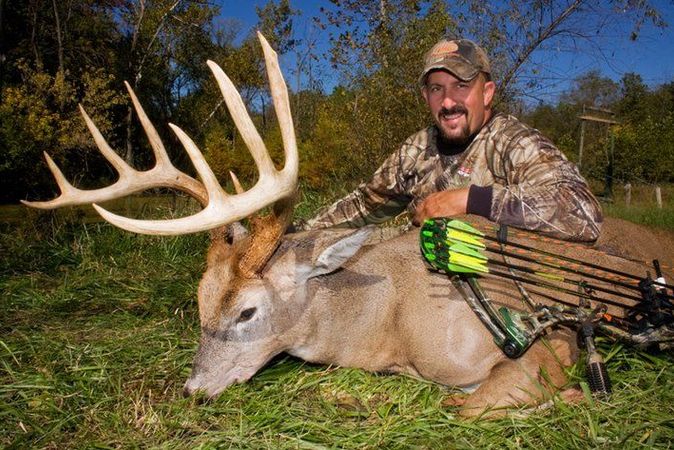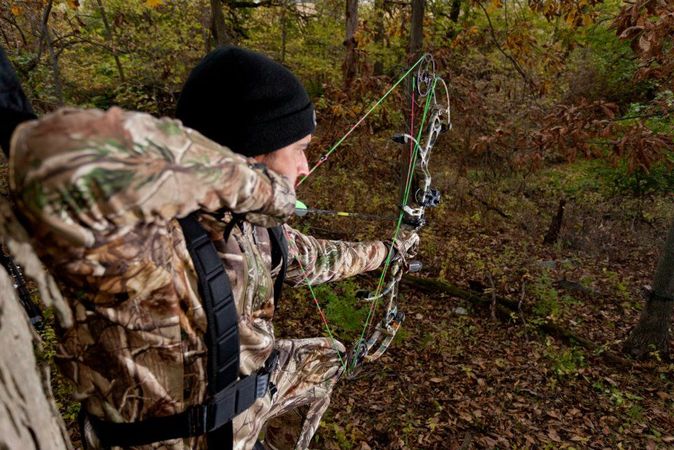Each fall and winter, something amazing happens in North America. Millions of waterfowl cross the entire continent in search of warmer climates of Mexico, the Gulf states and South America. Biologists remained bewildered by how exactly geese and ducks find their way so precisely each year.
Through years of banding data, wildlife biologists were able to identify the migration corridors that waterfowl take each year. Scientists broke that down into four main duck flyways that span from coast to coast: the Pacific, Central, Mississippi and Atlantic. Each flyway is managed separately in coordination with state wildlife departments and the U.S. Fish and Wildlife Service. Here are the best spots to bag a limit in each flyway.
Pacific Flyway
Up to 60 percent of waterfowl in the Pacific Flyway rely on California’s Central Valley at some point during the winter migration. According to Ducks Unlimited (DU), “Nowhere in North America do so many waterfowl winter on such a small wetland base.” The region, which stretches from Bodega Bay north of San Francisco and continues south to Mexico, boasts superior waterfowl hunting.
California hunters in the Central Valley enjoy some of the best waterfowl hunting in the Pacific Flyway.
The Puget Sound along the northwestern coast of Washington is a haven for duck hunters. It includes several bays surrounding the Seattle metropolitan area, and seemingly endless inlets, lakes and rivers. Dabblers like mallards, pintail and wigeon flock to the area beginning in November. You need a boat to access the larger bodies of water, but there are plenty of opportunities for hunting via kayak or pass-shooting on river banks.
In Utah, the Great Salt Lake is 75 miles long and bordered by an expansive wetland. This draws a diverse group of waterfowl, from mallards to tundra swans. Cinnamon teal typically use the Pacific Flyway and the Great Salt Lake as their only travel corridor during the winter, and rarely venture any farther east. Many hunters use watercraft to avoid crowds and access less-pressured birds.
Central Flyway
Our neighbors to the north are busy harvesting waterfowl while much of the United States is still sweating due to late-summer heat. The action in Alberta, Canada, usually kicks off in September. Hunter’s have success mostly in agricultural fields, where in one hunt you can bag Canada geese, mallards and pintail.
In Saskatchewan and extending south to North and South Dakota, the prairie pothole region is an expansive breeding ground for waterfowl in the spring. When the season begins in the early fall, it offers superb hunting. Thousands of lakes, carved out when glaciers retreated during the last Ice Age, provide suitable habitat for dabblers, geese and divers.
Central Kansas is home to one of the largest inland marshes in the country, the 20,000-acre Cheyenne Bottoms Wildlife Area. The wetland and areas near it are suitable for hunters with boats, for walking in or permanent blinds. Hunters also find success in the surrounding agricultural fields.
Mississippi Flyway
The Mississippi Flyway and more specifically eastern Arkansas have become synonymous with quality waterfowl hunting. And for good reason. Arkansas hunters harvest more mallards than any other state. In the eastern part of the state around Stuttgart and the White River National Wildlife Refuge, near the Mississippi River and expansive rice agriculture, is where harvest rates are highest. In southeastern Missouri, similar habitat to eastern Arkansas means duck hunting can be excellent, especially early in the season before winter takes hold.
Among the four duck flyways, the Mississippi is by far the most productive.
Just south, along the coast of Louisiana, is a waterfowler's paradise. Take your pick from flooded timber, rice fields, inland lakes and coastal marshes where you have the opportunity to harvest the full gamut of the waterfowl species in the flyway. If you’re on the hunt for canvasbacks, venture out to Catahoula Lake. For flooded timber mallard action, stick to the northern Atchafalaya River Basin. Coastal hunters have success near the Atchafalaya and Mississippi river deltas. Bayou State hunters typically harvest more waterfowl than any other state.
Atlantic Flyway
Lake Erie offers exceptional diver hunting for those in Pennsylvania, Ohio, New York and Canada. Hunters shoot mixed bags of redheads, canvasbacks and lesser scaup. Just a bit farther east, New York’s Finger Lakes region, an area with almost a dozen long, finger-like lakes, provides wintering waterfowl with ample habitat.
You can’t talk duck hunting in the Atlantic Flyway without mentioning the Chesapeake Bay. It spans almost 5,000 square miles along Maryland and Virginia, offering some of the best waterfowl hunting around. Hunters can expect to harvest a mixed bag of divers, sea ducks and dabbling ducks. Shoreline access for public hunters in Maryland is restricted to 800 yards away. However, private blinds, with proper licenses, line the bank in many areas.
The Ashepoo, Combahee and Edisto rivers make up the ACE Basin in South Carolina. Take your pick from fresh or brackish marsh, flooded timber and rice fields. All together, the ACE Basin encompasses 1.1 million acres and is one of the largest undeveloped river basins on the East Coast. Blue- and green-winged teal, wigeon, northern shovelers and gadwalls are abundant there.







